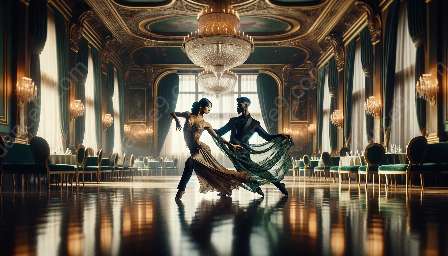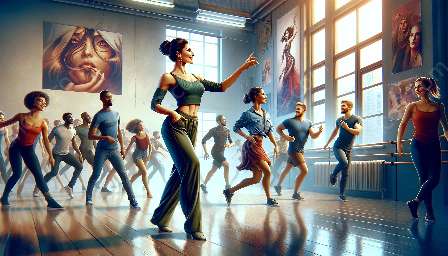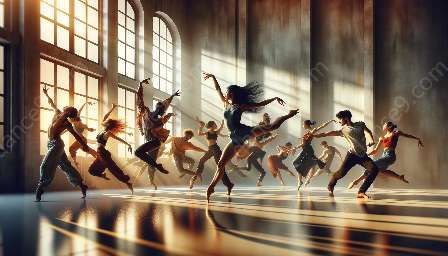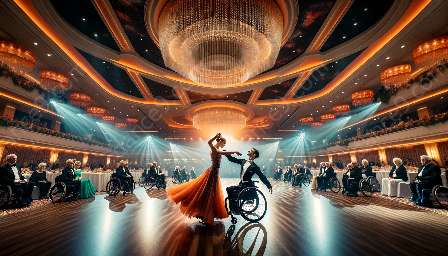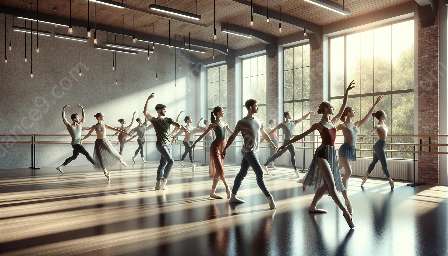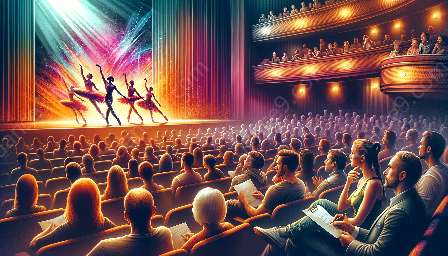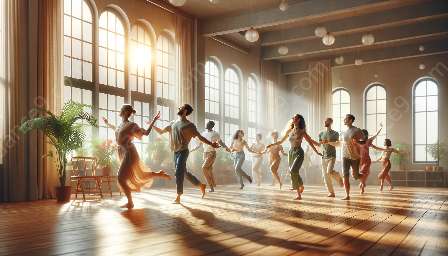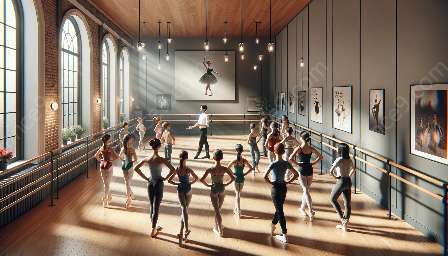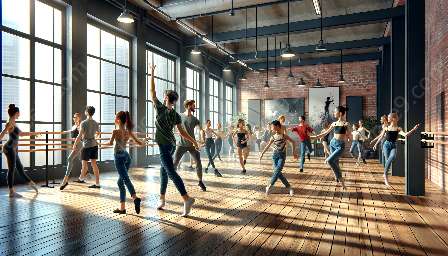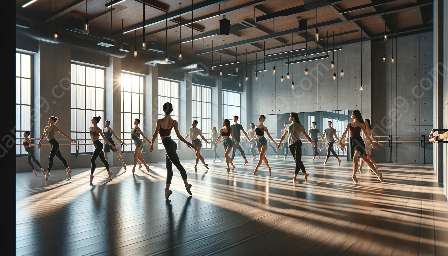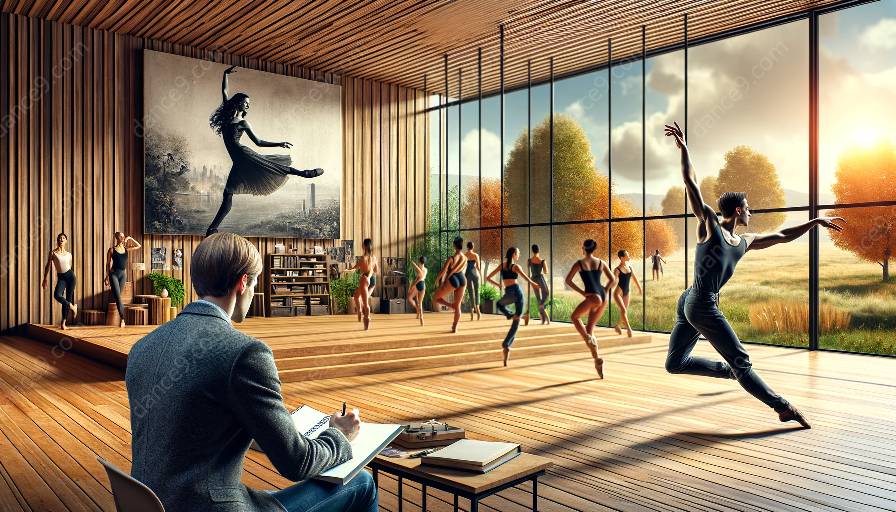Dance theory and criticism form the foundation of understanding the art of dance and its impact on performing arts and entertainment. In this comprehensive guide, we will delve into the principles of dance theory, critique, and analysis, and explore their relevance to the field of performing arts.
The Fundamentals of Dance Theory
Dance theory encompasses the study of movement, choreography, and the cultural significance of dance. It involves an in-depth analysis of the principles that govern the art of dance, including form, space, time, and energy. By understanding these fundamentals, dance practitioners can create and interpret movements with deeper insight and meaning.
Choreography and Composition
Central to dance theory is the study of choreography and composition. Choreography involves the creation of movement sequences and patterns, while composition focuses on the arrangement of these movements within a dance piece. Through the exploration of choreographic principles, dancers, choreographers, and critics can analyze and evaluate the structure and aesthetic impact of dance works.
The Role of Criticism in Dance
Criticism in dance provides an essential framework for evaluating and interpreting dance performances and choreographic works. Dance critics employ a variety of methodologies, such as formal analysis, historical context, and cultural critique, to assess the artistic and technical elements of a dance production. Their insights contribute to the conversation surrounding the value and impact of dance within the performing arts landscape.
Cultural Significance and Impact
Beyond its artistic expression, dance holds cultural significance that shapes its role in the performing arts and entertainment industry. Through an exploration of various dance traditions, styles, and cultural contexts, dance theory and criticism shed light on the diverse ways in which dance reflects and influences society, history, and identity. The study of dance theory thus becomes a gateway to understanding the broader cultural and social relevance of dance within the arts and entertainment sphere.
Integration with Performing Arts and Entertainment
As an integral component of the performing arts, dance theory and criticism intersect with other art forms to create multidisciplinary experiences for audiences. From collaborative works that incorporate dance, music, and theater to the incorporation of dance in film and television, the influence of dance theory and criticism reverberates throughout the broader landscape of arts and entertainment.
Implications for Arts and Entertainment Professionals
Arts and entertainment professionals, including dancers, choreographers, educators, and arts administrators, benefit from an understanding of dance theory and criticism. By applying theoretical frameworks to their practices, they can enhance the artistic quality, innovation, and communicative power of their work. Furthermore, informed critique and analysis enable the industry to strive for greater artistic excellence and audience engagement.
Embracing the Diversity of Dance
Finally, the study of dance theory and criticism celebrates the diversity of dance forms and the voices of dance artists from all backgrounds. By acknowledging and amplifying the myriad of perspectives within the dance community, this critical discourse enriches the cultural tapestry of performing arts and entertainment, fostering inclusivity and understanding.

